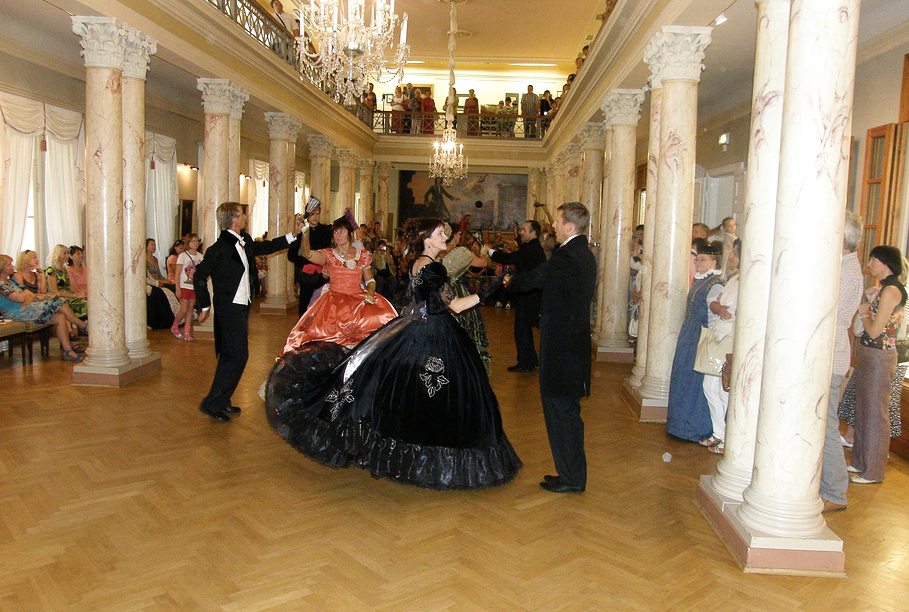It was first performed by a symphony in Jūrmala's Majori neighborhood in fall 1905, with Jurjānu Juris as the conductor. The work is both aristocratically light-hearted and elegantly simple.
The Melancholy Waltz is as if an echo of what the introverted Latvians feel when, having cleaned the mushrooms they just picked, they look bittersweetly through the window at the fading August scenery.
"The seven-minute waltz in A major could be called 'melancholy' only with a bit of qualification, as the overall feeling is bright and dreamy. Some anxiety does creep in during the F# minor part," musicologist Gunda Vaivode wrote. Writer Jānis Sudrabkalns called it the most simple and most clear work ever. And that is why we want to hear it again and again.
Several years after Dārziņš wrote the waltz, Pāvuls Jurjāns reproached his fellow composer for plagiarizing Jean Sibelius' The Swan of Tuonela in his Vientuļā priede. Jurjāns had actually conducted the work in question before, whereas Dārziņš had dedicated it to his late brother. This humiliated and angered Dārziņš to such a degree that the composer burned all his work inside the oven of a pub he frequented. That's why the Melancholy Waltz, which had been printed at the time, is the only of Dārziņš' symphony works to survive.
Dārziņš has been called "a poet of the summer sun at midday".
He loved youth and all that is noble and beautiful. At the age of 14, Dārziņš was enchanted by Mozart's piano sonatas and decided to dedicate his life to music. This life did not turn out to be a long one. He died on a railroad under strange circumstances at the age of 34. Many compared Dārziņš to Mozart. They were both naive, childish and had a great love for beauty.
But Dārziņš wasn't just a composer. He was also a voice coach and one of the first music critics of Latvian descent. He was tall and had wide shoulders, along with an apollonian head shape and an expressive face. Women were fond of him indeed, and for this his friends called him Iemīlis (loosely, 'the beloved').
While Dārziņš' surviving output is rather small, almost all of his works are well-known, and many of them, such as Lauztās priedes, Mūžam zili, and of course the Melancholy Waltz have made it into the Latvian national consciousness.



























